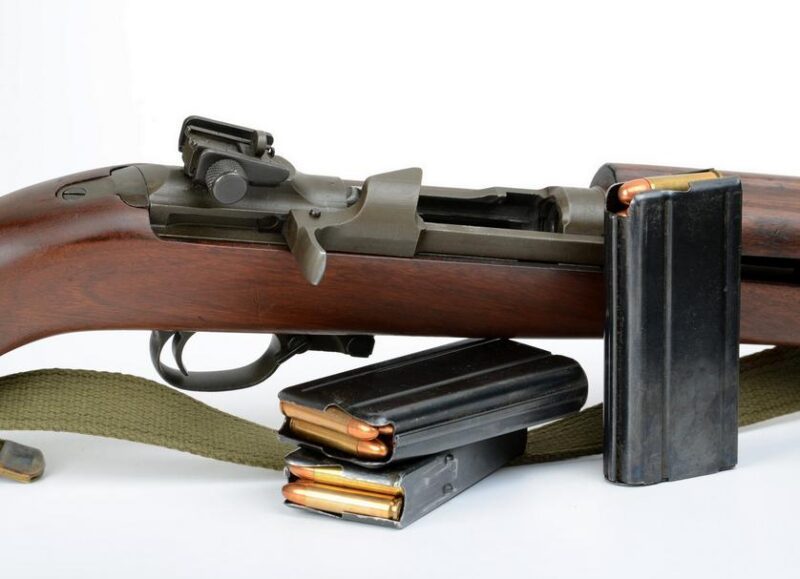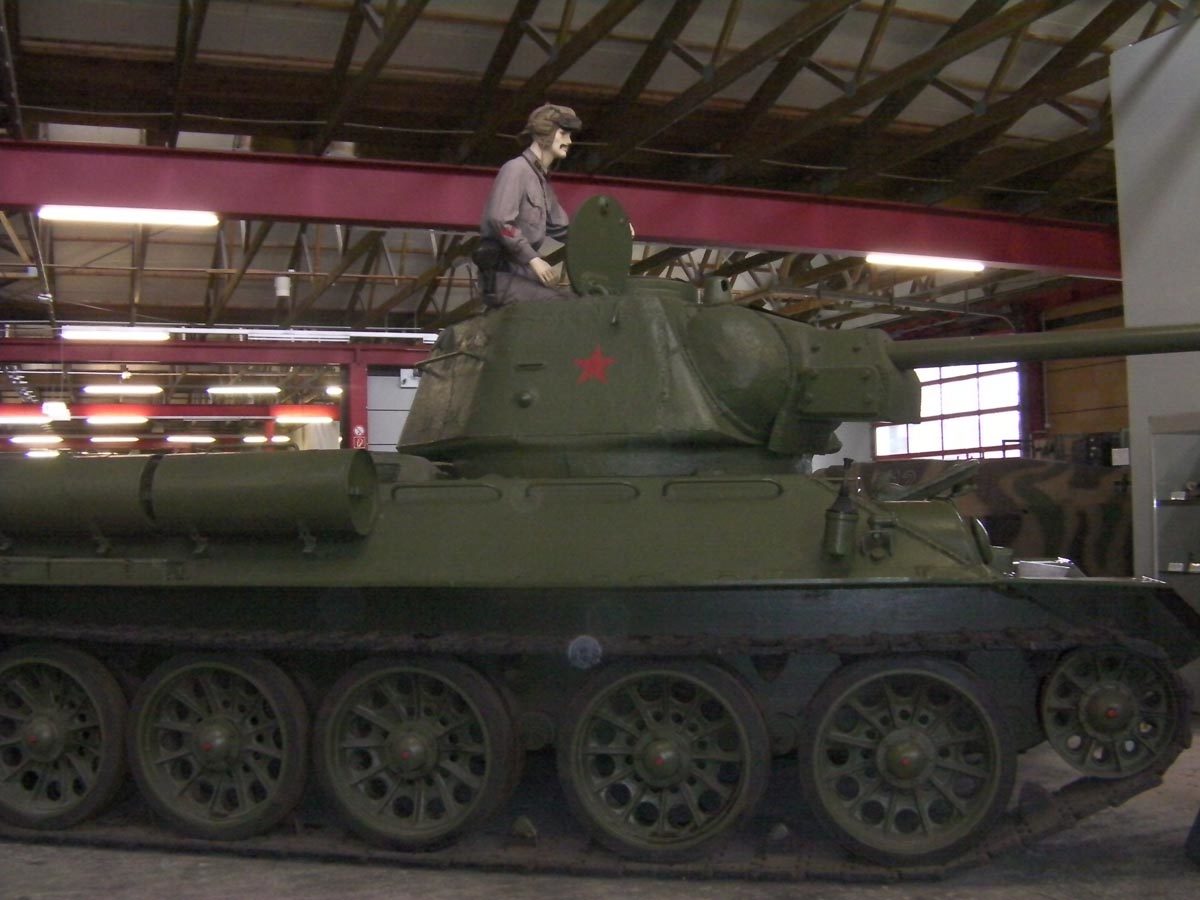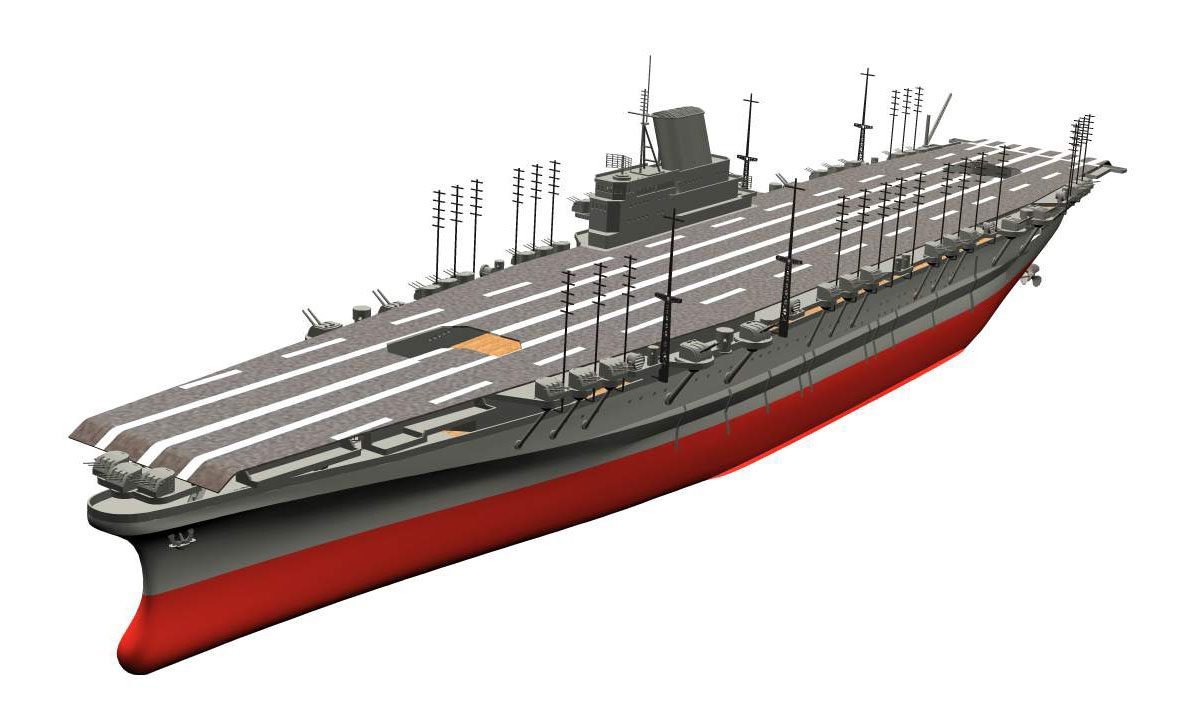StG 44 vs. M1 Carbine: The Evolution of Infantry Rifles.
World War II marked a significant turning point in the evolution of infantry rifles, shifting from bolt-action and full-sized rifles to more compact, semi-automatic, and selective-fire weapons. Among the standout firearms of the era were the German StG 44 (Sturmgewehr 44) and the American M1 Carbine. Although these two weapons served different tactical roles, comparing them reveals the shifting priorities of military firearms design in the mid-20th century. Today, the influence of these innovations can still be seen in modern platforms available at stores like the USA Gun Store.
Background and Development
Table of Contents
StG 44
The StG 44 was developed by Nazi Germany in the early 1940s and is widely considered the world’s first modern assault rifle. It was designed to bridge the gap between the long-range capabilities of bolt-action rifles and the firepower of submachine guns. With selective-fire capability and a new intermediate cartridge, the StG 44 provided German troops with a revolutionary battlefield advantage.
- Caliber: 7.92×33mm Kurz
- Rate of Fire: ~500–600 rounds per minute
- Magazine Capacity: 30-round detachable box magazine
- Effective Range: ~300–400 meters
M1 Carbine
The M1 Carbine was developed by the U.S. as a lightweight, semi-automatic firearm for support troops, paratroopers, and officers who needed more firepower than a pistol but less bulk than a standard rifle. It was never intended as a main battle rifle but became one of the most produced American weapons of the war.
- Caliber: .30 Carbine (7.62×33mm)
- Rate of Fire: Semi-automatic
- Magazine Capacity: 15- or 30-round detachable magazine
- Effective Range: ~200 meters
Design Philosophy and Role
The StG 44 was a revolutionary design intended to give front-line soldiers a weapon that could perform in most combat scenarios—urban, open-field, and close-quarters. Its introduction marked a significant departure from reliance on bolt-action rifles like the Kar98k.
The M1 Carbine was designed for a very different purpose. The goal was to create a compact and lightweight rifle that could be easily carried by troops not typically involved in direct combat. Though not intended to replace the M1 Garand, it often ended up seeing frontline action due to its portability and decent firepower.
Performance Comparison
Firepower and Versatility
The StG 44 offered selective fire, giving soldiers the option to switch between semi-automatic and fully automatic modes. This made it far more versatile in combat. It could be used for accurate mid-range engagements or suppressive fire when needed. Its intermediate cartridge offered a good balance between recoil and stopping power.
The M1 Carbine, in contrast, lacked full-auto capability (except in later M2 variants). Its .30 Carbine round was less powerful than the StG 44’s 7.92×33mm, and it wasn’t particularly effective against enemies wearing heavy gear or at longer distances. However, the light recoil made it easy to control, especially for newer or non-infantry troops.
Handling and Weight
Both rifles were significantly lighter and easier to handle than traditional battle rifles of the time. The M1 Carbine weighed around 5.2 lbs (2.4 kg), making it ideal for airborne troops and support personnel. The StG 44 was heavier at around 10.2 lbs (4.6 kg) loaded, but this was still lighter than the Garand and offered far more capability in automatic mode.
Accuracy and Range
While the StG 44 was more accurate than most submachine guns and effective up to 300–400 meters, the M1 Carbine’s range was closer to 200 meters. At longer ranges, the M1 Carbine’s projectile lost stopping power, limiting its battlefield utility in open terrain.
Battlefield Impact
The StG 44, though limited in production numbers (about 425,000 units), influenced post-war assault rifle design, including the development of the AK-47. German soldiers praised its versatility and effectiveness, especially on the Eastern Front where mid-range firefights were common.
The M1 Carbine was produced in staggering numbers—over 6 million units—and saw use not just in WWII but also in Korea and even Vietnam. It was not a true frontline weapon by design, but its ease of use made it a favorite among troops who needed mobility and reliability.
Legacy and Influence
The StG 44 is often credited as the father of the modern assault rifle, combining elements of both rifles and submachine guns into a single platform. It set the foundation for future developments in infantry weaponry.
The M1 Carbine influenced later designs in personal defense weapons (PDWs) and lightweight carbines. Its concept of a compact semi-automatic rifle tailored for rear-echelon troops persisted in later military planning.
Conclusion
While comparing the StG 44 and the M1 Carbine may seem like matching apples to oranges, doing so highlights the evolution of infantry rifles during WWII. The StG 44 was ahead of its time, representing a shift toward versatile, all-purpose combat weapons. The M1 Carbine, though not as powerful, filled an important niche and was appreciated for its portability and ease of use.
If battlefield dominance and innovation are the criteria, the StG 44 takes the lead. But in terms of production numbers, user-friendliness, and logistical value, the M1 Carbine made an equally lasting impact.







